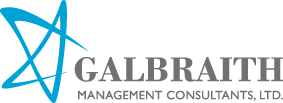Star Model Diagram
{tip Strategy::Strategy is the company’s formula for winning. The company’s strategy specifies the goals and objectives to be achieved as well as the values and missions to be pursued; it sets out the basic direction of the company. It also tells people what the company does NOT do. <br><br>There are three main components to strategy: <br><br>WHAT is your business proposition? (business objectives, growth goals, profit goals, market share strategy, etc.)<br><br>WHERE do you compete? (product lines, markets, geographies, etc.)<br><br>HOW do you compete? (success factors, competitive advantage, unique business processes, etc.)} {/tip}
{/tip}
 {/tip}
{/tip}{tip People::This area governs the human resource policies of recruiting, selection, rotation, training, and development. Human resource policies-in the appropriate combinations-produce the talent that is required by the strategy and structure of the organization, generating the skills and mind-sets necessary to implement its chosen direction.<br><br>Human resources policies also build the organizational capabilities to execute the strategic direction. Flexible organizations require flexible people. Cross-functional teams require people who are generalists and who can cooperate with each other.<br><br>Like the policy choices in the other areas of the Star Model, people policies work best when they are consistent and align with the other design choices.} {/tip}
{/tip}
{tip Structure::The structure of the organization determines the placement of power and authority in the organization. Structure policies fall into four areas:<br><br><ul><li>Specialization</li><li>Shape</li><li>Distribution of power</li><li>Departmentalization</li></ul><br>Specialization refers to the type and numbers of job specialties used in performing the work. Shape refers to the number of people constituting the departments (that is, the span of control) at each level of the structure. Large numbers of people in each department create flat organizational structures with few levels. Distribution of power, in its vertical dimension, refers to the classic issues of centralization or decentralization.<br><br>In its lateral dimension, it refers to the movement of power to the department dealing directly with the issues critical to its mission. Departmentalization is the basis for forming departments at each level of the structure. The standard dimensions on which departments are formed are functions, products, work flow processes, markets, and geography.}  {/tip}
{/tip}
{tip Rewards::The purpose of the rewards system is to align the goals of the employee with the goals of the organization. It provides motivation and incentive for the completion of the strategic direction. The reward system defines policies regulating salaries, promotions, bonuses, profit sharing, stock options and so on. <br><br>The Star Model suggests that the reward system MUST be congruent with the structure and processes to influence the strategic direction — and desired behavior of employees.<br>} {/tip}
{/tip}
{tip Process::Processes have to do with the flow of information. Information and decision processes cut across and through the organization’s structure, in both vertical and horizontal directions; if structure is thought of as the skeleton of the organization, processes are its physiology or functioning.
Vertical processes allocate the scarce resources of funds and talent and include business planning and budgeting.
Horizontal – also known as lateral – processes are designed around the work flow. These include new product development, order fulfillment, cycle time reduction, six-sigma or quality control processes.}![]() {/tip}
{/tip}

